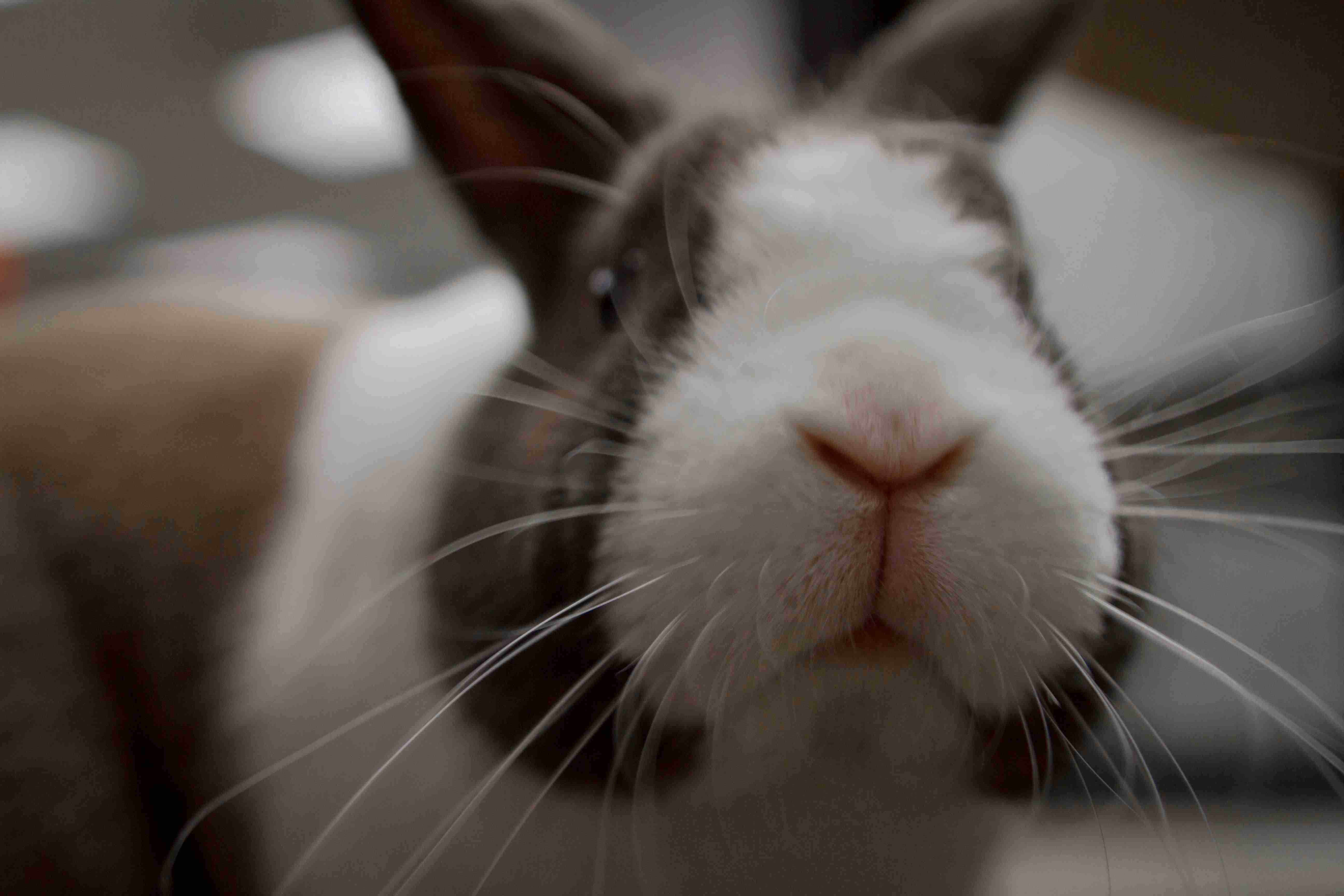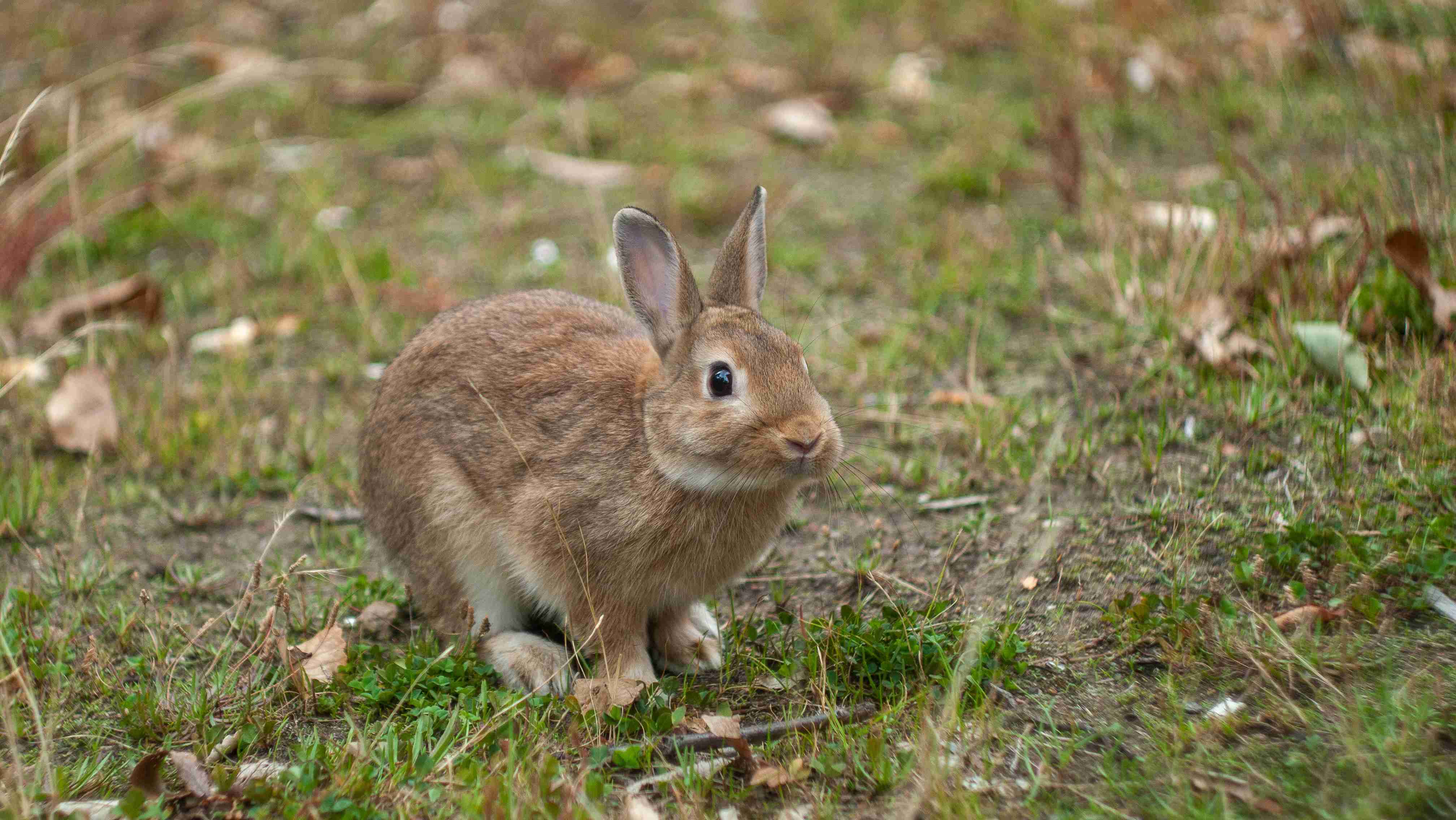If you’re a rabbit owner, you know that these adorable pets are prone to a variety of health issues. One of the most common problems that rabbits experience is joint pain and stiffness, which can be caused by a range of factors, including genetics, diet, and injury. If left untreated, joint problems can severely impact your rabbit’s quality of life and lead to serious health complications. In this blog post, we’ll take a closer look at the most common joint problems in rabbits, their symptoms, and how to treat and prevent them. Whether you’re a new rabbit owner or have been caring for these furry friends for years, this guide will provide you with the information you need to keep your rabbits happy and healthy.
Rabbits are known for their agility and athleticism. They are active animals that love to run, jump, and play. However, as they age, rabbits may develop joint problems that can affect their mobility and quality of life. In this article, we will discuss some of the common joint problems in rabbits, their symptoms, treatment, and prevention.
1. Arthritis
Arthritis is a common joint problem in rabbits, especially in older animals. It is a degenerative condition that causes inflammation and pain in the joints. Symptoms of arthritis in rabbits include stiffness, limping, and difficulty moving. In severe cases, the rabbit may be unable to move at all.
Treatment for arthritis in rabbits typically involves pain management and supportive care. Your veterinarian may prescribe pain medication and recommend a special diet to help manage the condition. Physical therapy and exercise can also be helpful in maintaining joint mobility.
Preventing arthritis in rabbits involves providing a healthy diet, regular exercise, and proper housing. Avoiding obesity can also help reduce the risk of developing arthritis.
2. Spondylosis
Spondylosis is a condition that affects the spine and can cause pain and limited mobility in rabbits. It is often caused by age-related wear and tear on the spine and can lead to the development of bony growths on the vertebrae.
Symptoms of spondylosis in rabbits include stiffness, difficulty moving, and a hunched posture. In severe cases, the rabbit may be unable to move at all.
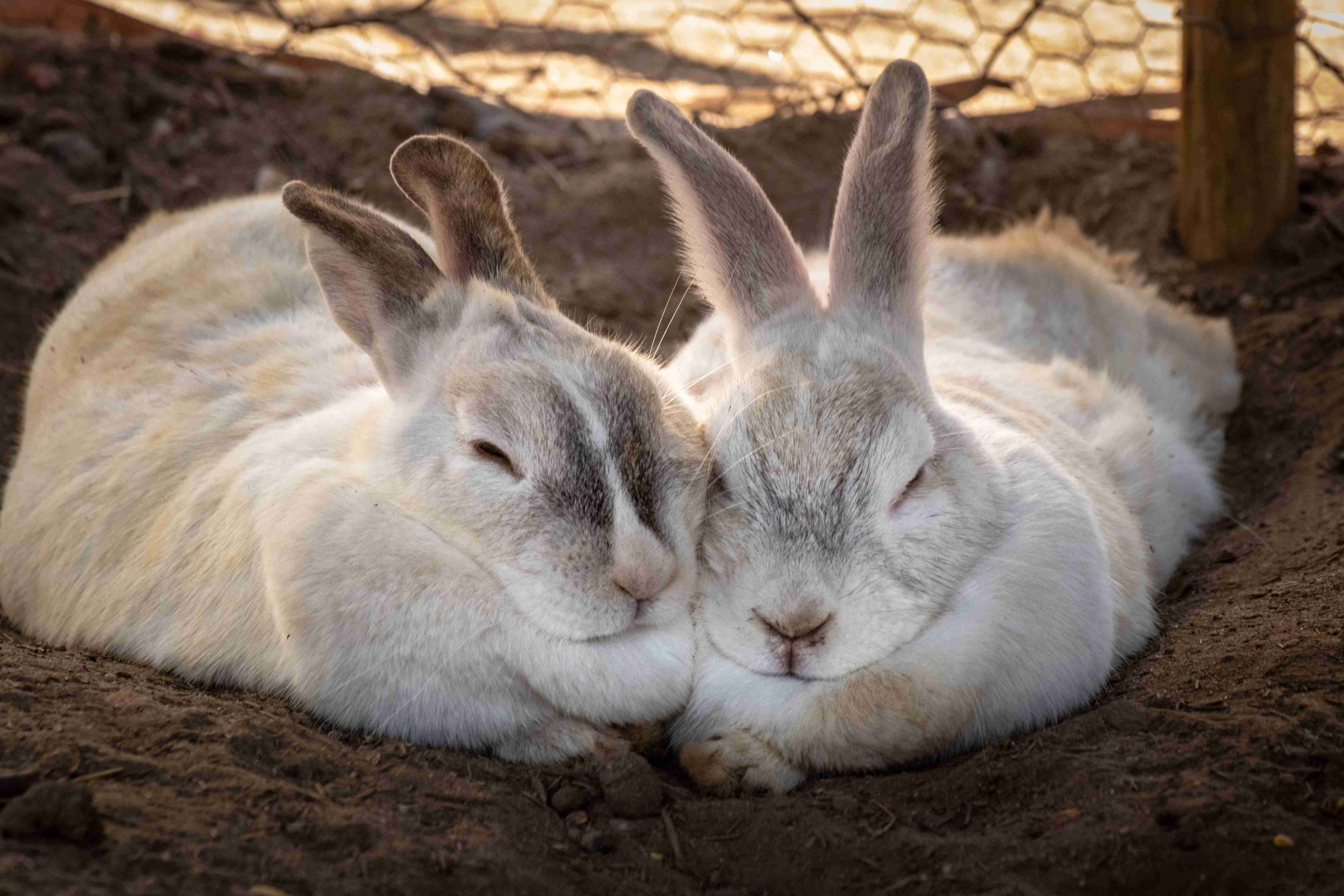
Treatment for spondylosis in rabbits typically involves pain management and supportive care. Your veterinarian may prescribe pain medication and recommend a special diet to help manage the condition. Physical therapy and exercise can also be helpful in maintaining joint mobility.
Preventing spondylosis in rabbits involves providing a healthy diet, regular exercise, and proper housing. Avoiding obesity can also help reduce the risk of developing spondylosis.
3. Luxating Patella
Luxating patella is a condition in which the kneecap slips out of its normal position, causing pain and difficulty moving. It is a common joint problem in rabbits, especially in small breeds.
Symptoms of luxating patella in rabbits include limping, difficulty moving, and a hopping gait. In severe cases, the rabbit may be unable to move at all.
Treatment for luxating patella in rabbits typically involves surgery to repair the kneecap and supportive care. Your veterinarian may prescribe pain medication and recommend a special diet to help manage the condition. Physical therapy and exercise can also be helpful in maintaining joint mobility.
Preventing luxating patella in rabbits involves providing a healthy diet, regular exercise, and proper housing. Avoiding obesity can also help reduce the risk of developing luxating patella.
Overall, joint problems can be a serious issue for rabbits, affecting their mobility and quality of life. It is important to recognize the symptoms of joint problems and seek veterinary care as soon as possible. With proper treatment and prevention, rabbits can live happy and healthy lives, even with joint problems.
In conclusion, joint problems can be a significant issue for rabbits, just as they are for humans and other animals. It is crucial to keep an eye out for any signs of joint problems in your rabbits and take the necessary steps to prevent and treat them. By providing a healthy diet, exercise, and regular check-ups, you can help keep your rabbits’ joints healthy and strong. Additionally, if your rabbit does develop joint problems, remember that there are many different treatment options available, so don’t hesitate to seek veterinary care. With the right care and attention, you can help your rabbits live happy, healthy, and pain-free lives.


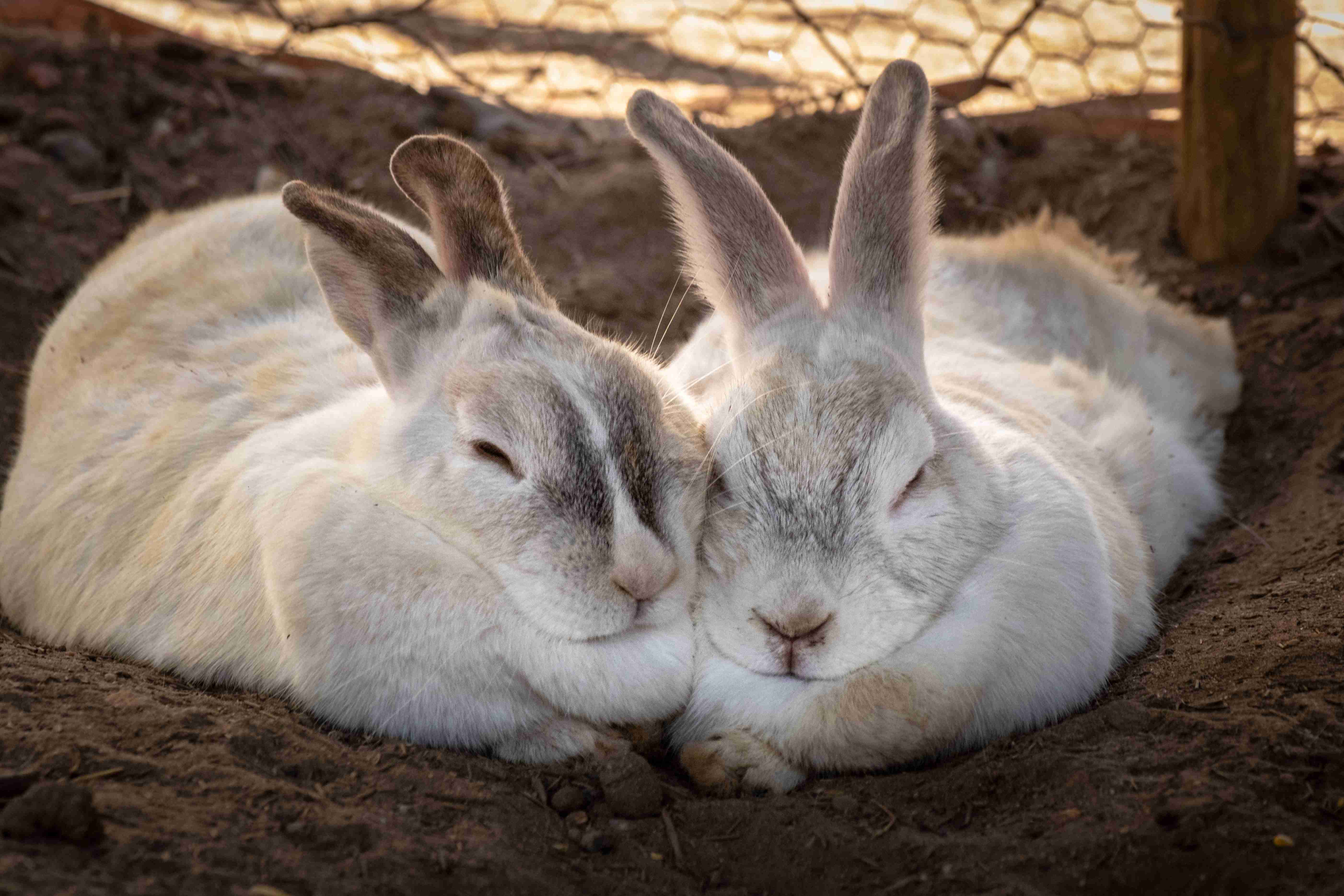
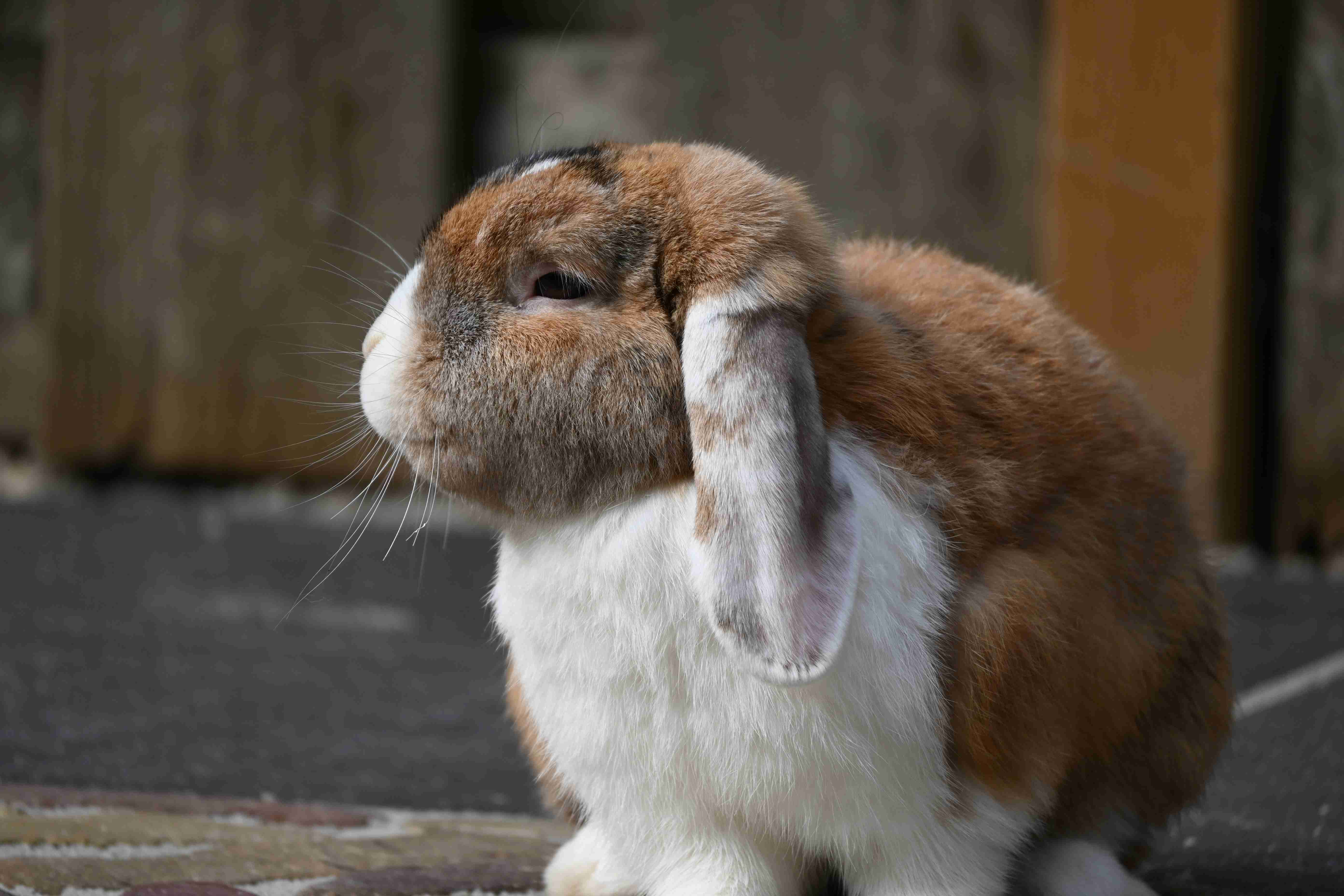
.jpg)
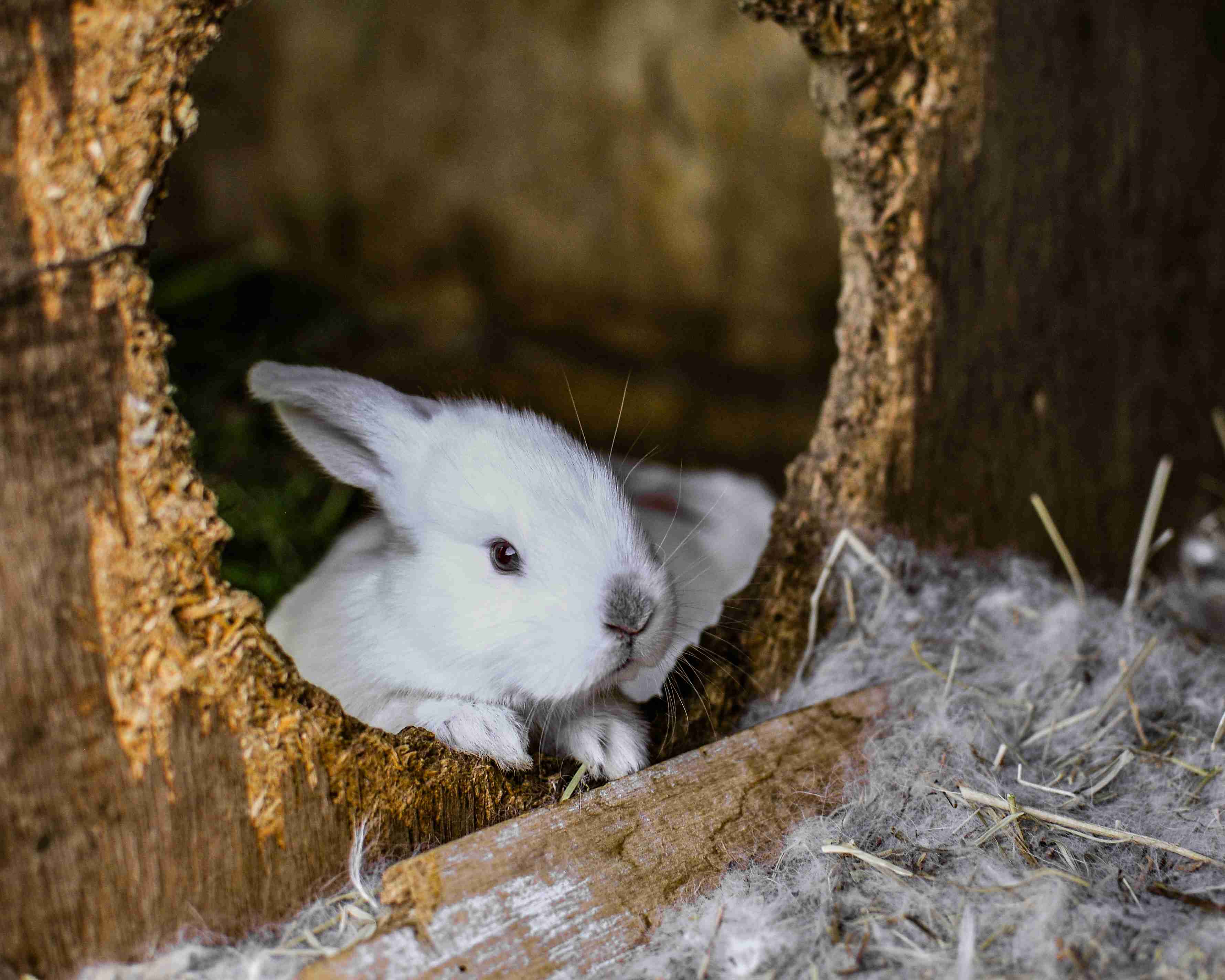
.jpg)
